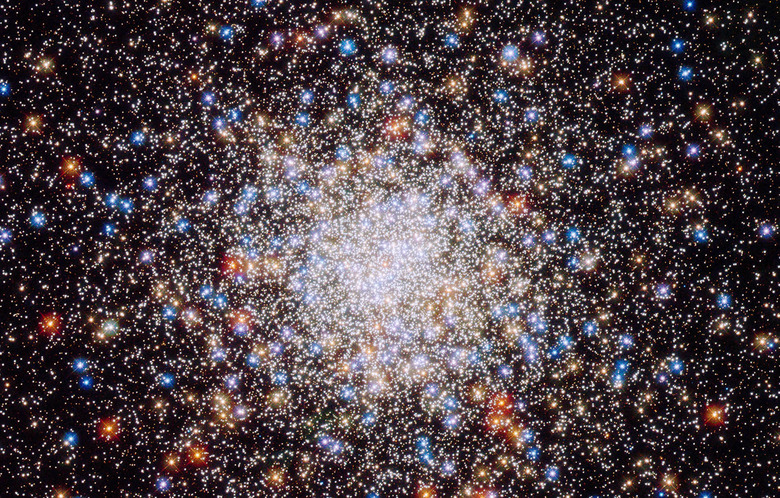This Super Weird Star Exploded, And Hubble Was Watching
We all know what happens to most stars at the end of their lives. They explode in a violent event known as a supernova when they exhaust their fuel and essentially collapse in on themselves. This leads to some of the most powerful explosions in the universe and marks the end of a star's life. So, when astronomers observed a dying star using NASA's Hubble Space Telescope they figured they'd see the same predictable event play out. What they saw was a supernova, but the star that created it didn't look like the rest.
When a massive yellow star is dying it is (almost) always encased in a layer of hydrogen. The researchers note that this layer often hides the star's incredibly hot insides, which would appear blue to our eyes. When the star goes supernova, the hydrogen and everything else that made up the star is expelled in a fiery blast. However, the star that created the supernova known as 2019yvr doesn't appear to have had any hydrogen in the years leading up to its explosion. This doesn't fit with existing stellar models and has forced scientists to come up with another explanation.
"We haven't seen this scenario before," Charles Kilpatrick, lead author of the study, said in a statement. "If a star explodes without hydrogen, it should be extremely blue — really, really hot. It's almost impossible for a star to be this cool without having hydrogen in its outer layer. We looked at every single stellar model that could explain a star like this, and every single model requires that the star had hydrogen, which, from its supernova, we know it did not. It stretches what's physically possible."
After spotting the exploding star, astronomers went back in Hubble's catalog and found an image of it a couple of years prior to its detonation. They also observed the star's material as it was blasted into space and noted that it appears the mass of the star interacted with a cloud of hydrogen not far away from where the star died. This led the researchers to come up with a theory that might explain what they saw.
"Astronomers have suspected that stars undergo violent eruptions or death throes in the years before we see supernovae," Kilpatrick explains. "This star's discovery provides some of the most direct evidence ever found that stars experience catastrophic eruptions, which cause them to lose mass before an explosion. If the star was having these eruptions, then it likely expelled its hydrogen several decades before it exploded."
So, if the star blasted its hydrogen layer away before it collapsed into a supernova, that would explain the apparent lack of hydrogen in the debris the star left behind. Or, in another new theory, the star may have had a companion star that stripped its outer hydrogen layer away prior to the supernova explosion. Either of these would explain the resulting observations, but it could be a decade or more before the researchers can gather enough data to confirm or debunk their theories.
